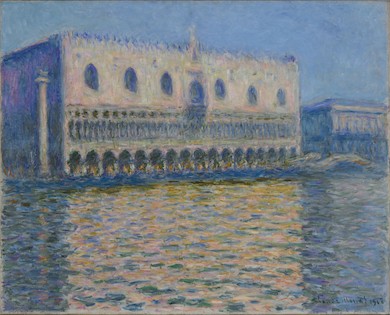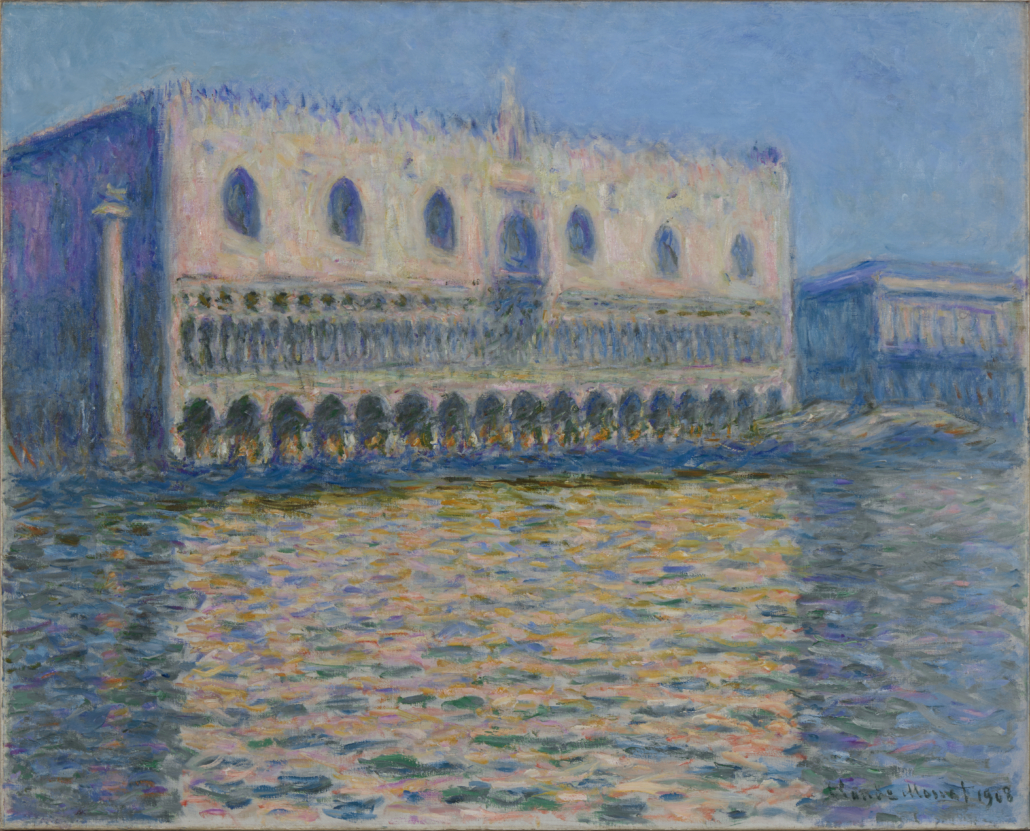
BROOKLYN, N.Y. – Opening February 4, 2022, Monet to Morisot: The Real and Imagined in European Art, the new thematic reinstallation of the Brooklyn Museum’s renowned holdings of 19th- and 20th-century European art, features nearly 90 important paintings, sculptures, and works on paper, many of which have not been on view together in Brooklyn since 2016. The exhibition continues through May 21, 2023.
Monet to Morisot marks the reinstallation of the Brooklyn Museum’s collection of historic and foundational works of European art made by artists born in Europe or its colonies, highlighting 19th- and 20th-century selections by artists including Claude Monet, Camille Pissarro, Berthe Morisot, Francisco Oller, Henri Matisse, Pablo Picasso, Gabriele Munter, Yves Tanguy and Vasily Kandinsky.
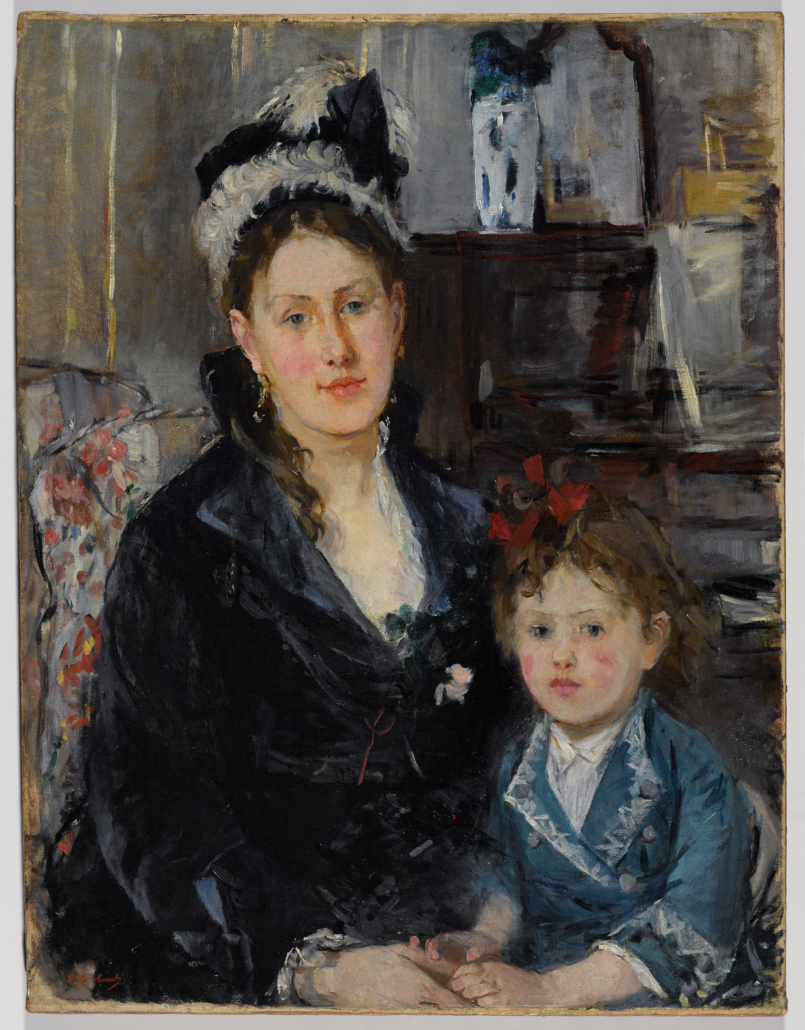
Casting fresh eyes on the collection, this presentation explores not only the profound and ongoing influence of modern European art, but also how the art historical canon itself is a site of tension. Many of these works are on view together in Brooklyn for the first time since 2016, when they began touring the United States and Asia in the acclaimed exhibition French Moderns: Monet to Matisse, 1850–1950.
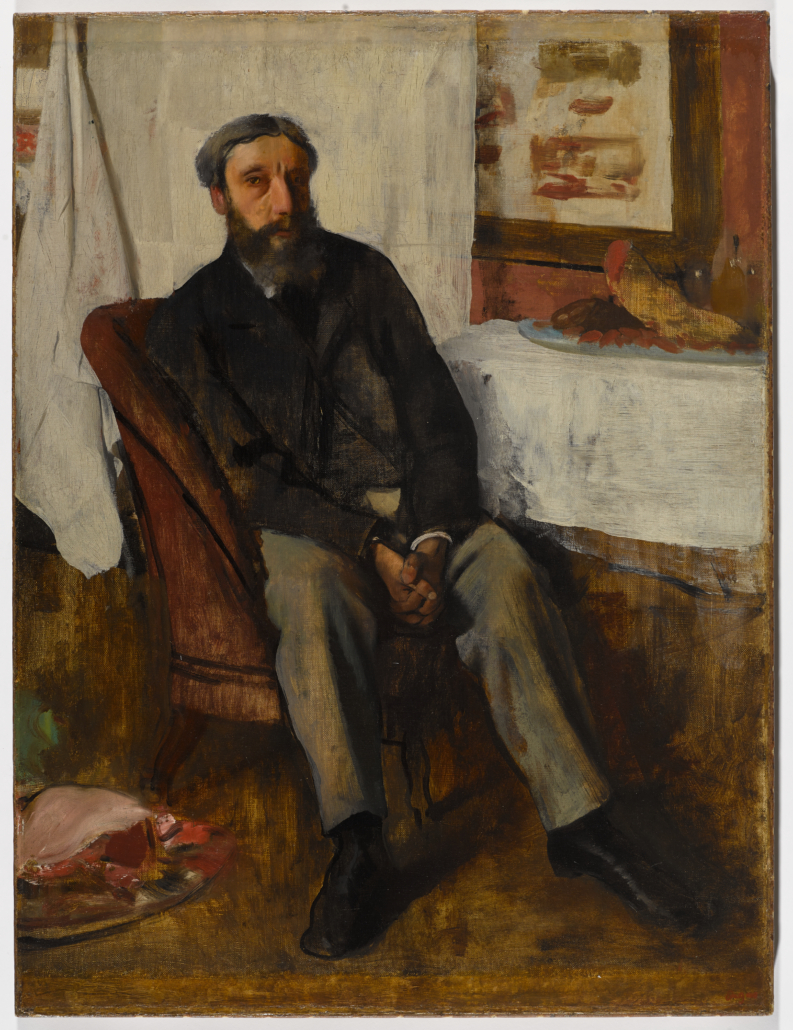
Monet to Morisot: The Real and Imagined in European Art is curated by Lisa Small, Senior Curator, European Art, with Shea Spiller and Talia Shiroma, Curatorial Assistants, Arts of the Americas and Europe.
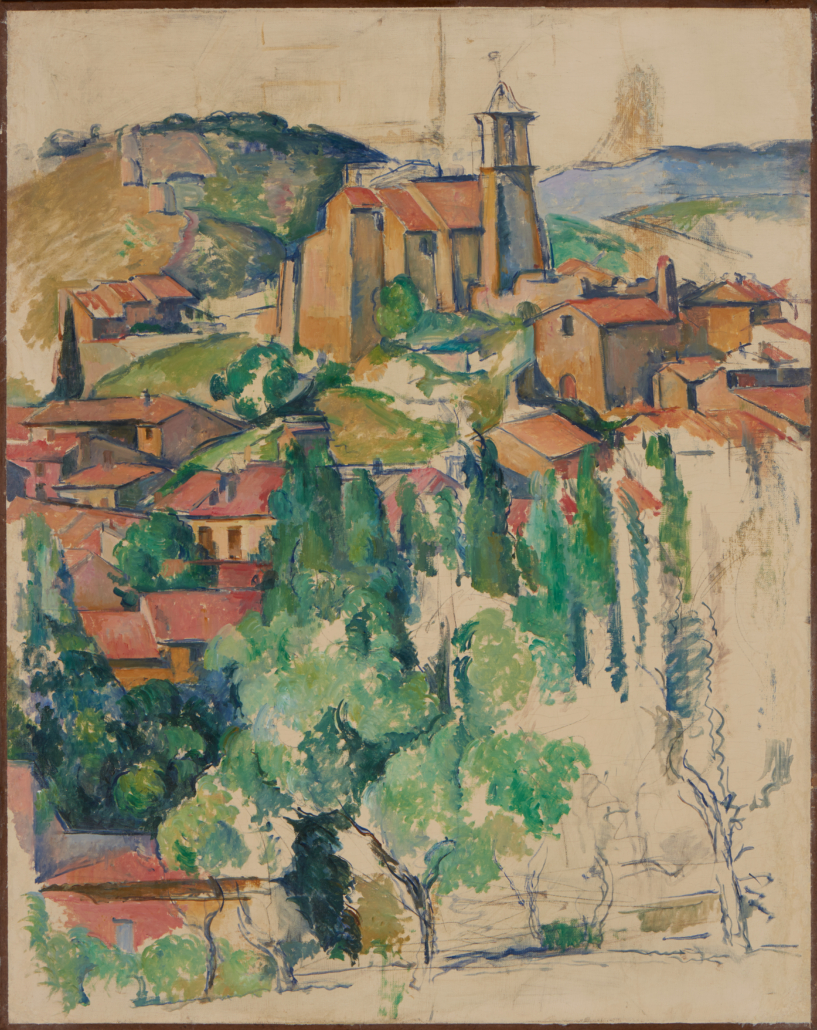
“It’s thrilling that so many of Brooklyn’s extraordinary holdings of modern European art, including some of our earliest acquisitions by Degas and Cezanne, are going back on view in a beautifully designed space where visitors can experience them anew, alongside rarely seen ‘discoveries’ by artists like Chana Orloff and Ivan Mestrovic,” says Lisa Small. “I’m particularly excited about the opportunity that this and future European art presentations provide to reexamine and expand the stories we can tell with these objects, to make connections across all of the Museum’s collections, and, most importantly, to think critically about what and who is missing.”
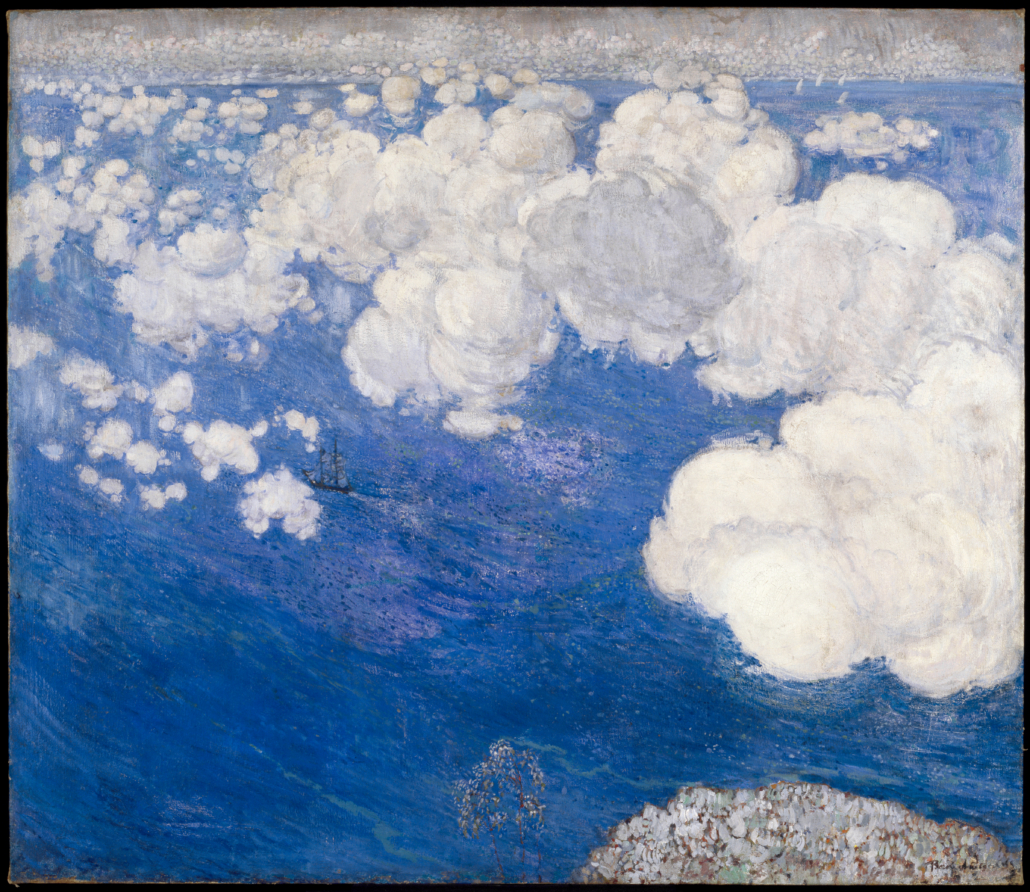
In the 19th and early 20th centuries, an era of significant social and artistic transformation, artists moved away from traditional forms of representation to portray scenes from ordinary contemporary life. They began to explore the nature of vision as well as their own subjectivities in works that increasingly appealed to new urban, upper-middle-class consumers.
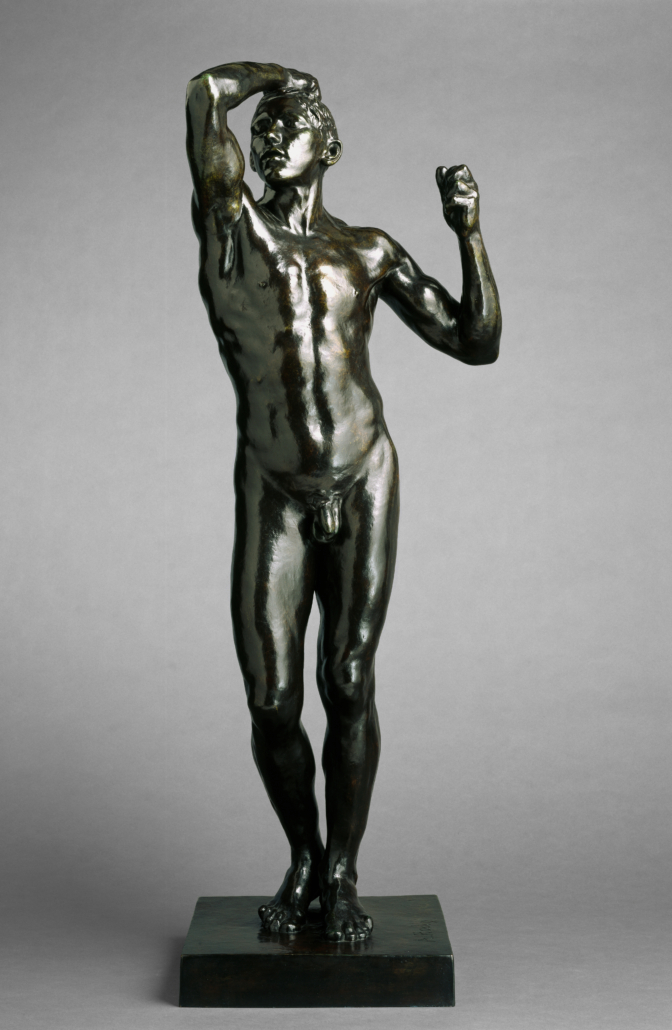
This exhibition’s throughline of “real/imagined” offers an evocative and flexible lens through which to consider the nearly 90 paintings, drawings, prints, and sculptures across five interrelated themes of portraiture, “exoticism” and “primitivism,” labor, faith and conflict, and landscape.
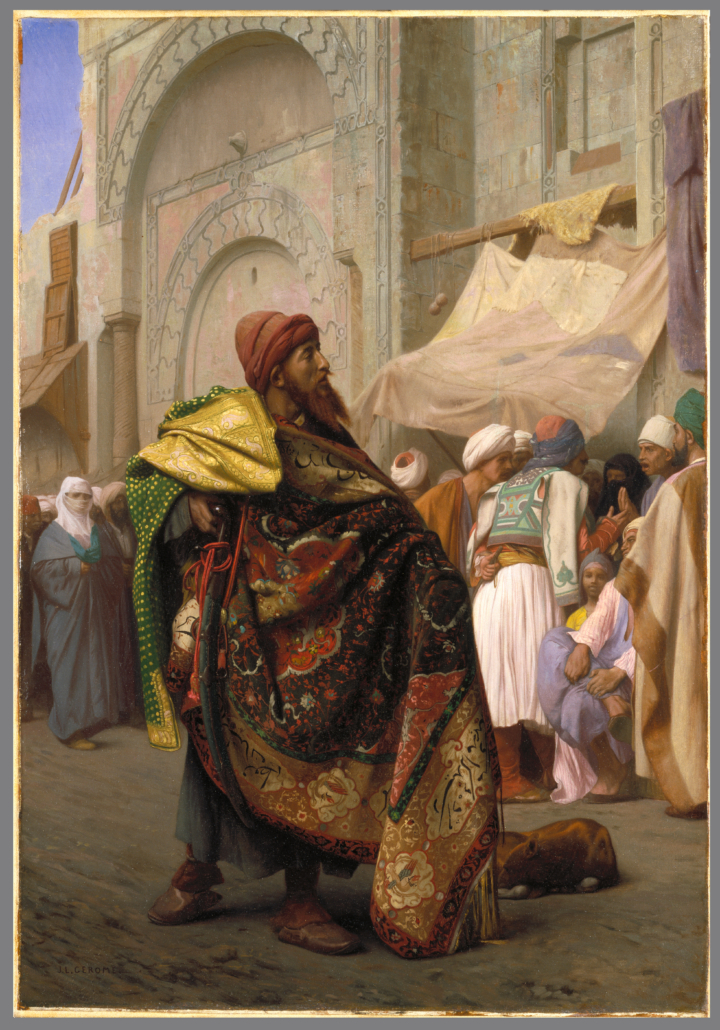
These works are organized nonchronologically and encourage critical questions about their ideological underpinnings, such as: What is real and what is imagined in works that assert and reflect certain views of gender, class, labor, colonialism, and nature? By and for whom are such collective frames of reference produced?
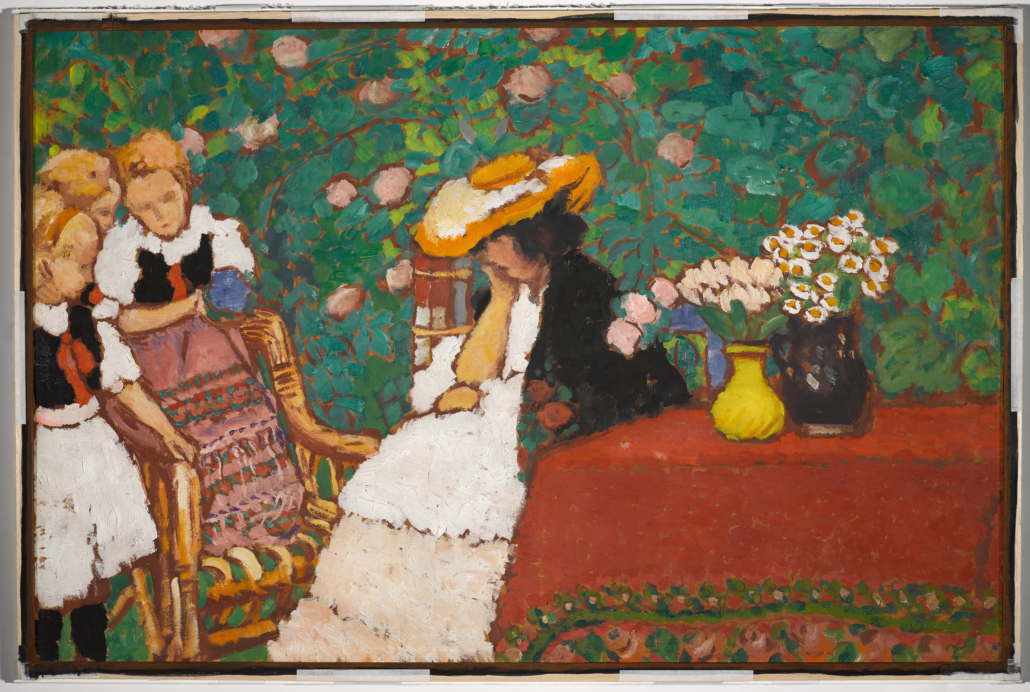
Broadly, the presentation reminds visitors that the traditional canon of European art history, exemplified by many of the works on view — made by white artists and almost exclusively depicting white people — is both imagined and real. It is a construct imagined by a narrow, self-designated constituency, which has had a real impact on what museums such as the Brooklyn Museum have chosen to collect and display for decades.
Visit the website of the Brooklyn Museum and see its dedicated page for Monet to Morisot: The Real and Imagined in European Art.


